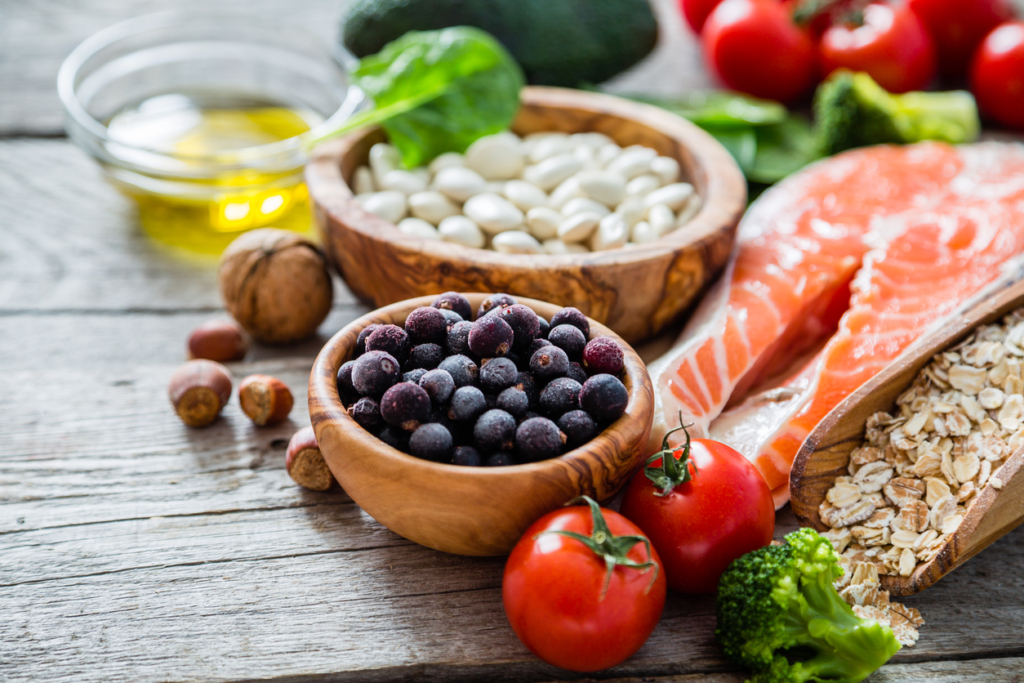Nutrition
What you eat takes on a whole new meaning when you have kidney disease. This section will help you understand what to eat and what to avoid or minimize as you plan your meals. You can explore creative ways to limit your fluid intake and have fun trying new recipes.
Contents:
 Food labels are a great tool. They can help you choose healthier, more kidney-friendly foods. However, before you go to the grocery store, talk with your renal dietitian as you will need to be aware of certain nutrients such as potassium and phosphorus. Your renal dietitian can tell you how many milligrams (mg) or how much you should have each day. Once you know this, you’re ready to shop.
Food labels are a great tool. They can help you choose healthier, more kidney-friendly foods. However, before you go to the grocery store, talk with your renal dietitian as you will need to be aware of certain nutrients such as potassium and phosphorus. Your renal dietitian can tell you how many milligrams (mg) or how much you should have each day. Once you know this, you’re ready to shop.
Food Label Tips:
- General tips. Items that you need to look out for are generally listed by content in grams or milligrams and percent daily values. It is important to remember that these values are for someone without kidney disease, so your needs may differ.
- Phosphorus. A good rule of thumb is: food is low in phosphorus if it has fewer than 50 mg (or less than 5%). It’s high in phosphorus if it has more than 150 mg (or greater than 15%).
- Potassium. In general, a food is low in potassium if it has fewer than 100 mg (or less than 3%). More than 200 mg (or greater than 6%) is high.
- Hidden Minerals. Be aware. If a food label doesn’t list an item (such as phosphorus in the example image), it doesn’t mean it isn’t in there.
- Serving Size. Another important thing to look at is serving size. For example, a 20oz bottle of soda has 2.5 servings per bottle. If you drank the entire bottle, the values would need to be multiplied by 2.5.
- Readability. You may want to carry a small magnifying glass with you as some of the labels are small print and may be difficult to read.
- Consult a Dietitian. When in doubt, you can always save the labels and go over questions with your dietitian.












